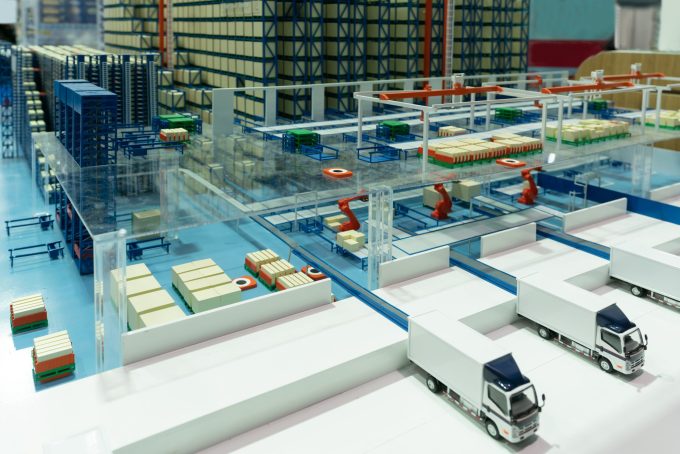Profiteering in a 'snapback' year
It’s a question of trajectory

Forwarders? No need. Inventory management? No need. There is a new model in town.
An electronics shipper has set up a platform for its B2B network that allows customers and traders to track supply, buy excess inventory and book logistics and distribution – all without a ...

Comment on this article